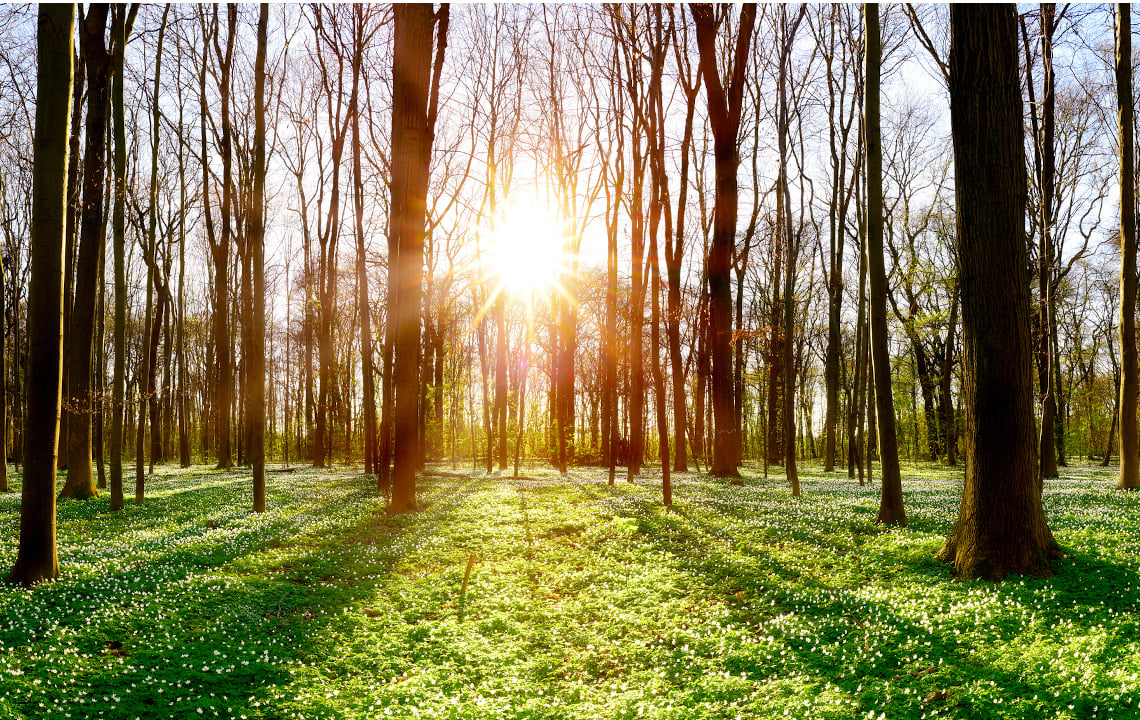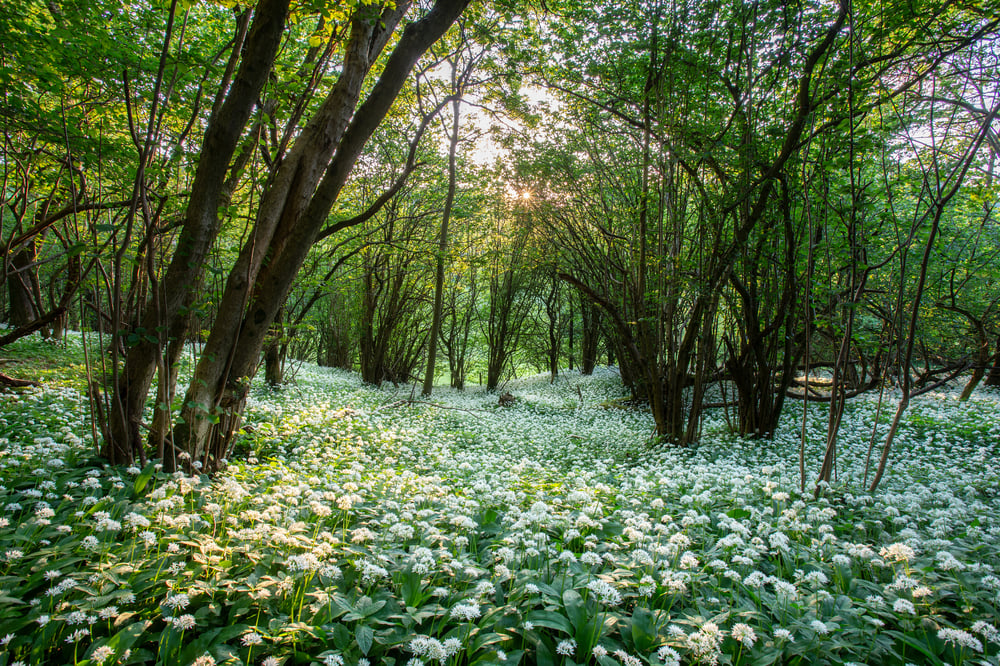Wooded properties aren't just for growing timber! To learn more about agroforestry, we talked to Professor and Forest Management Extension Specialist, John F. Munsell, PhD from Virginia Polytechnic Institute and State University. Dr. Munsell is also the founder of the Appalachian Beginning Forest Farmer Coalition, where they teach aspiring forest farmers about farming the woods.
When we think of a farm, the typical vision is a large property full of open fields and barns with ample space for planting, livestock grazing, growing hay, etc.
However, with a new generation of people moving to rural areas to take up farming, the idea of the “typical farm” has changed---both in terms of scale, methods and the type of land required.
For example, did you know you can grow a variety of crops under a forest canopy without clearing or disturbing woods? And that you can do this while you’re raising your trees for timber?
It’s not only possible but it’s happening all over the world, and it’s called forest farming.
This type of agroforestry can be game-changer for those interested in investing in forested land---either for the benefits of growing timber, for the love of wooded land, to set up a hunting camp, as a recreational property or because it’s what you can find within your budget and/or in your ideal location.
To learn more about this holistic approach to farming and forest management, we talked to Professor and Forest Management Extension Specialist, John F. Munsell, PhD from Virginia Polytechnic Institute and State University. Dr. Munsell has been a pioneer in the emerging field of combining traditional and science-based farming practices to cultivate and grow what’s known as NTFPs (non-timber forest products). In addition to his research and teaching, he also runs the Appalachian Beginning Forest Farmer Coalition.
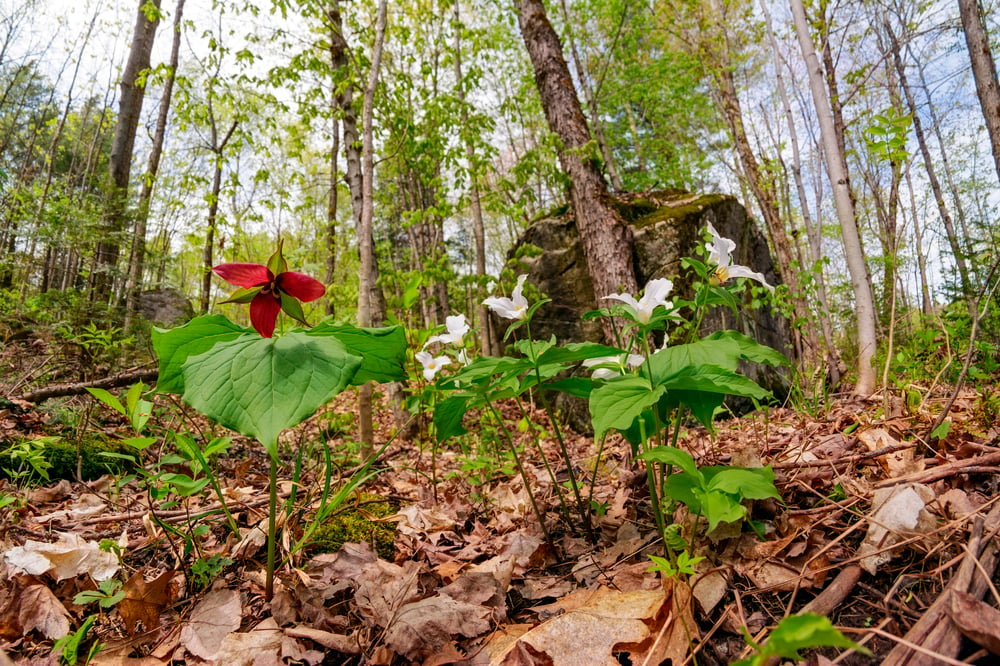
What Is Forest Farming?
When most of us think of “forest farming” our mind likely goes to timber, or the newer “food forests” that are becoming popular in the regenerative agriculture movement.
But forest farming is a practice unto itself. Dr. Munsell explains: “Forest farming is an agroforestry practice that involves the intentional cultivation of NTFPs (non-timber forest products) under a well-managed canopy. So it encompasses trees, timber, and other types of products outside the conventional non-timber-forest market, but also the management of the habitat to intentionally cultivate shade-loving botanicals, mushrooms, edibles, things that provide us with supplements, nutraceuticals, medicinals, decoratives, and handicrafts. NTFPs being co-managed with the canopy that’s their natural habitat.”
The term "agroforestry" encompasses a variety of land use practices that integrate trees and crops and/or livestock in the same space. It blends agriculture and forestry into one agroecosystem, whether in the field or under a canopy.
“For generations millennia actually, we’ve been harvesting goods from the woods that are not timber-specific. Medicines, mushrooms and other edible botanicals, so there’s been lots of harvesting, but the key distinction is it’s been wild harvesting (not farming or cultivation) that sources these materials.”
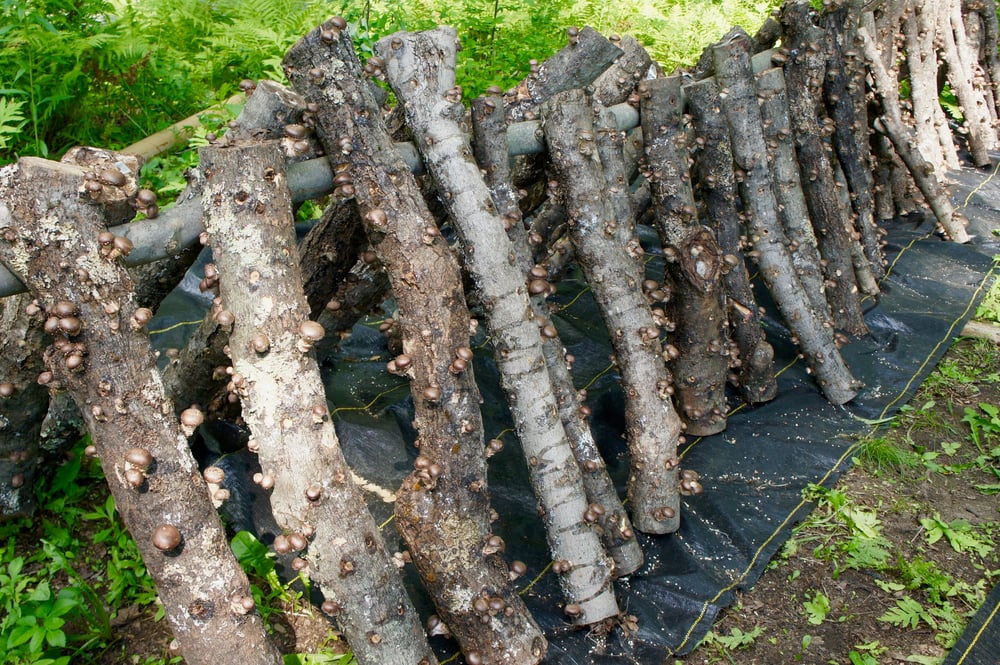
The Eastern United States Is a Hot Spot For NTFPs like Medicinals
Modern alternative medicine may have its roots out West, but did you know that approximately 50% of the woodland species that source the global supplement market are native to Appalachia?
“So, the Eastern United States is the hot spot for trade with a lot of the medicinal species.”
What are these species? Per Dr. Munsell, the iconic ginseng is always a popular one, but also what are known as “off roots” like Goldenseal, Black Cohosh (which is one of the most intensely harvested), Blue Cohosh, Bloodroot and Wild Yam.
The Demand for Non-Timber Forest Products Is Outpacing the Supply
According to Dr. Munsell, the growth in terms of market demand and awareness around these NTFPs has been steep.
“For example, the interest in the impact on plant populations related to growth in the market has led to this interest in forest farming because it’s an intentional process. So there’s traceability associated with farming and sustainability that can be built into management plans.”
There are several medicinal plant species such as Ginseng, Black Cohosh and Chaga mushroom that have been over-harvested and/or adulterated due to market demand. Thus, growing them in a forest farm ensures buyers are getting a sustainably grown and harvested plant that is the appropriate/correct genus and species.
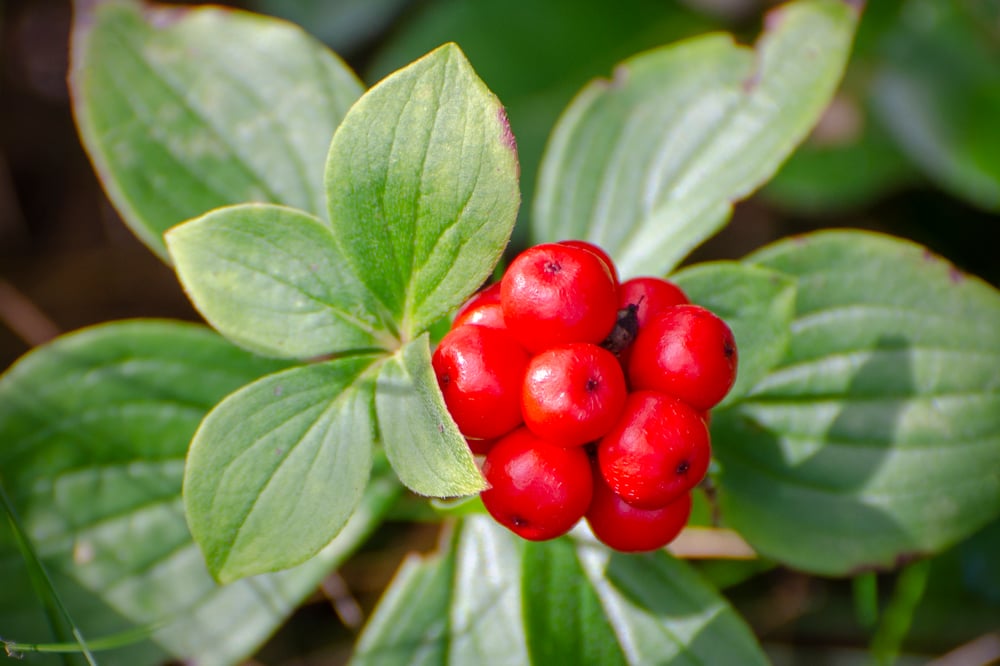
This presents a potentially ripe opportunity for farmers or land owners interested in learning about cultivating and growing NTFPs.
“Right now demand is outpacing supply, so we’re in an interesting position. The industry is keen on forest farming in terms of sustainability, but at the same time it is an understudied production system. We are making some progress with science in that regard, and we’re also looking to a lot of traditional knowledge. It’s a merger of the emerging science with the traditional knowledge about how to use these plants.”
Dr. Munsell emphasized that traceability in forest farming operations dramatically increases the price point of these NTFPs.
“Traceability being used dramatically increases the price point. For example, wild harvested Black Cohosh sells for $4-$5 a dry pound which isn’t profitable. But the price for forest-farmed Black Cohosh can often be much higher, up to 10 to 12 times the price of wild-harvested in some cases.”
NTFPs Are Complementary To Timber Tracts and Semi-Forested Farmland
Says Dr. Munsell: “Forest farming also allows for folks that have access to fixed property while timber’s maturing to integrate another form of production into their woodlands with a shorter cycle of harvest.”
“In agroforestry we like to think about stacking production so it can add value to your forest land. If you think about cycles and times with respect to timber treatments, in between you can have multiple rotations of NTFPs, where you’re not fighting against the shade but using that habitat in a positive way.”
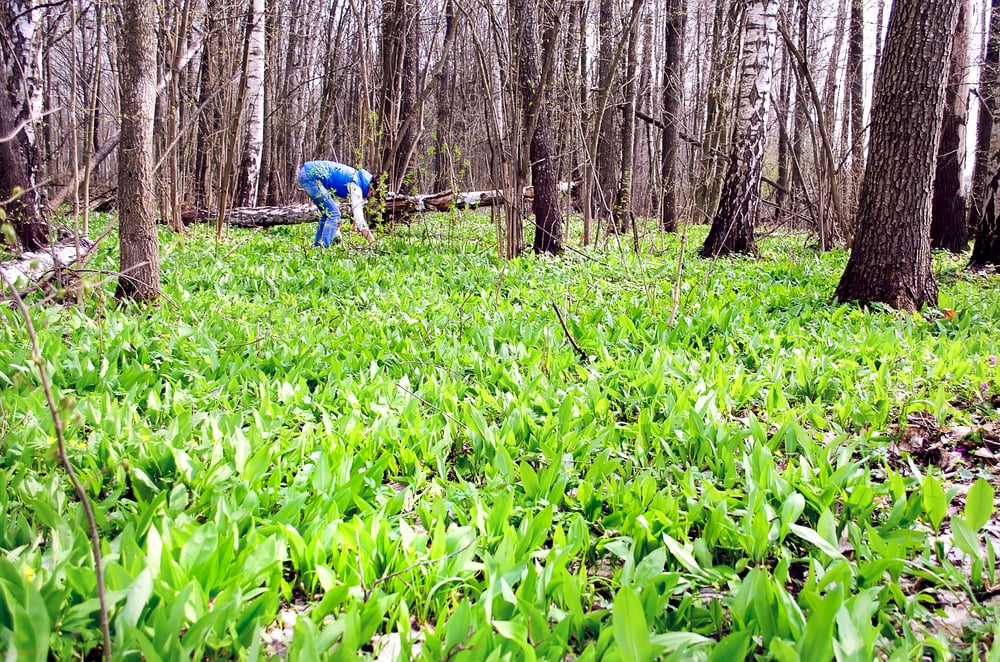
Which means you can help with conservation while still taking advantage of market opportunities while your timber is maturing.
For farmers with a mixture of open and forested land, agroforestry lets you extend your growing production beyond the forest line. Plus, you’re protecting what really matters: the diversity and health of your land, trees, and crops.
“You’re maintaining the highest and best land use when it comes to conservation values absolutely, water quality, air quality, biodiversity, carbon mitigation and providing environmental services.”
But...This Is Not A Get Rich Quick Endeavor
As passionate as he is about forest farming, Dr. Munsell was quick to emphasize that this is not a get rich quick endeavor.
“We don’t recommend seeing this as a cash cow that will blow up the bank account in a few months. Start slowly, learn more and see this as supplemental with different farming activities, timber management, etc. It takes time to develop production scale. It’s not just about adding value to your woodlands and the risk is a little on the high side because they [NTFPs] take time to grow. We’ve worked to develop cost sharing programs that are appropriate for this type of work, so that’s another kind of thing. And insurance is also in the works but it’s still emerging. That said, there have been people growing these crops intentionally and successfully for a while.”
Although growing native crops in the woods offers a good level of protection from crop failure vs. row cropping, mono-cropping, etc., there are still challenges to be met.
Says Dr. Munsell: “Often when working in woodlands the growing conditions may not be all that easy. You have to consider access, and you also have lots of critters that can pose a threat like voles, moles, deer, etc. Poaching can also be a challenge. And even though forests are dynamic ecosystems, disease can happen within the canopy which can affect your crops.”
Dr. Munsell also pointed out that many of these NTFPs like ginseng and Goldenseal for example, are slow-growing and can take 6-7 years to reach maturity. So again, not a get rich quick endeavor, but a worthwhile one that can yield a good profit if you’re willing to put in the time.
How To Get Started + The Best NTFPs For Beginners
Firstly, it’s important to understand that different plants thrive in different types of forests (hard wood, pine, etc.) in different parts of the world. So do your research to find out what NTFPs would complement your woods and geographical location.
Dr. Munsell recommended the following crops for beginners:
- Shiitake mushrooms on logs — “We know how to do right by shiitake production. There are warm weather strains, cool weather strains, etc. and that mycelium can come in sawdust inoculated mycelium, so that whole production system is pretty well known.” (Learn more about cultivating mushrooms in: Mushroom Farming For Fun And Profit On Your Rural Land).
- Ramps — “This iconic Appalachian edible is a delicacy and has a pretty good price point. You can do these by rhizome starters or seed.”
- Goldenseal — “We’ve had good luck with goldenseal, a lot of root starters do fairly well.”
- Ginseng — “There’s lots of growing technology around Ginseng seed.”
For those further South, the Florida Department of Agriculture and Consumer Services lists the following as popular NTFPs in Georgia and Florida:
- Pine Straw — for mulch.
- Saw Palmetto Berries — contain a type of medicinal used for prostate and urinary health
- St. John’s Wort — a medicinal plant used for supporting mental health, nerve health, and more.
- Honey — although this requires a special set of skills, honey can be cultivated in the woods almost anywhere.
You can also check with your state and local agricultural departments about which NTFPs are best suited to your geographical location and forest.
Resources for Beginner Forest Farmers
Dr. Munsell recommends the USDA National Agroforestry Center and the The Center for Agroforestry at the University of Missouri. “I also lead the Appalachian Beginning Forest Farmer Coalition, and that’s a coalition of nonprofits that have worked to provide technical training and networking. We’re also building up our planting stock availability so growers can find stuff like Goldenseal in bulk for an affordable price.”
Could Forest Farming Be Right For Your Rural Land?
The answer to this question ultimately depends on your land, your location and how much time you’re willing to invest and the level of risk you’re willing to take.
As Dr. Munsell noted, although forest farming has been practiced for millennia, the science and certain logistics for producing today are still emerging.
But...if you love the idea of growing medicinal plants, mushrooms, foods, etc., practicing conservation and putting your wooded land to its highest and best use while creating the potential for additional income, forest farming could be just the thing to round out your rural land/farming ventures.


